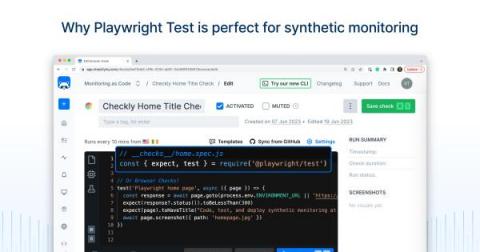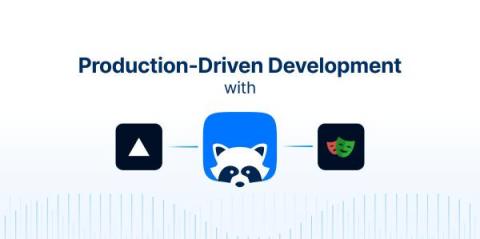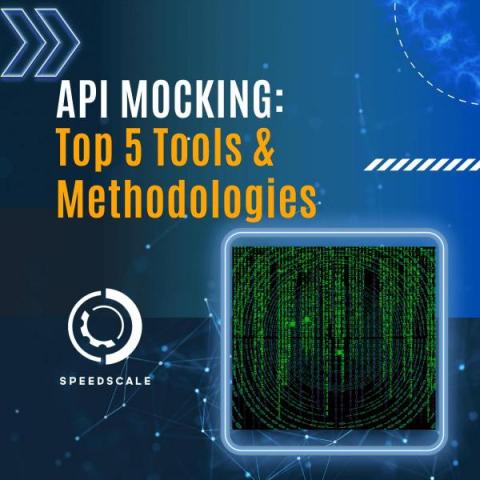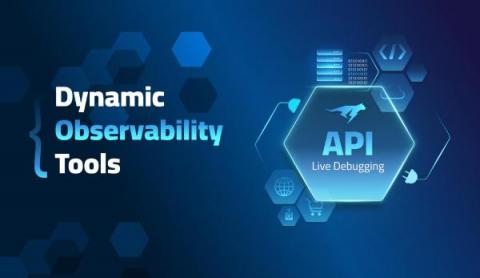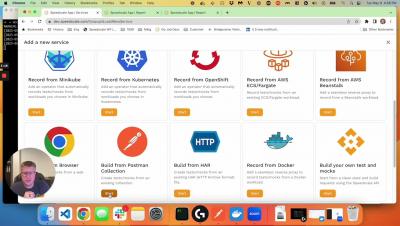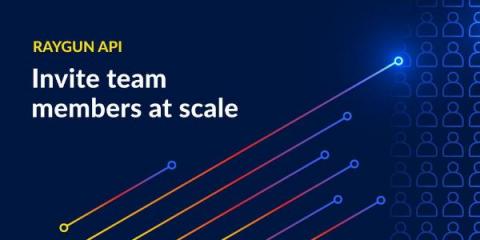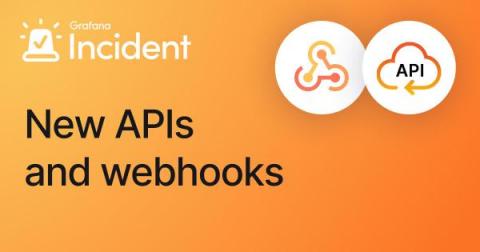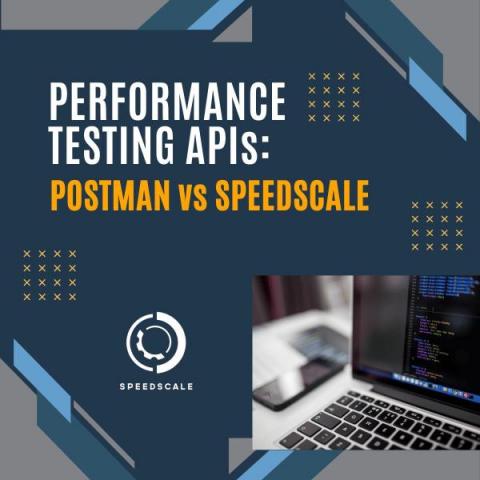Operations | Monitoring | ITSM | DevOps | Cloud
June 2023
Monetizing APIs: Strategies and Considerations
Dashboard Fridays: Fantasy Premier League Football Dashboard with Web API
Synthetic Monitoring With Checkly and Playwright Test
One of the most effective ways to monitor a critical user flow on a website—or monitor the operation of a critical API that other applications depended on—is to adopt synthetic monitoring. Synthetic monitoring is an approach to monitoring websites and applications that simulates the actions of real users via browser automation. It mirrors the actions that a visitor may take on your website, say browsing an online shop, adding items to a shopping cart, and then checking out.
Production Driven Development: An Approach for Highly Effective Organizations
Testing is still the most arduous, painful, and expensive task within a DevOps practice, regardless of framework or approach. Why? Because the current approaches to testing and development are not focused on production. Production-Driven Development (PDD), allows for rapid iteration without sacrificing stability or confidence. Following PDD, a small team or single developer can launch an application in weeks that used to take multiple teams months or a year.
API Mocking: Top 5 Tools and Methodologies
Dynamic Observability Tools for API Live Debugging
Application Programming Interfaces (APIs) are a crucial building block in modern software development, allowing applications to communicate with each other and share data consistently. APIs are used to exchange data inside and between organizations, and the widespread adoption of microservices and asynchronous patterns boosted API adoption inside the application itself.
Quickly create performance and regression tests from a Postman collection
API Monitoring with Kentik
API monitoring is the process of keeping tabs on the performance of your REST APIs. Learn how Kentik’s API monitoring tools let you identify bottlenecks, spot performance drops, and maintain availability to ensure a quality experience for your end users. Learn more in this API monitoring tutorial.
Manage your incidents with the new ilert integration
Hello, SREs, DevOps engineers, and developers! We have some news! At Checkly, we understand the importance of proactive monitoring and quick incident resolution in maintaining your apps’ reliability and performance. Have you heard of ilert? ilert is the incident response platform made for DevOps teams. It helps organizations efficiently respond to, communicate and resolve incidents in real-time by offering advanced alerting, on-call management, and status pages.
How to Test Application Resiliency with Real-World Chaos
API update: User invitations
What Is an Application Programming Interface (API)? - VMware Tanzu Fundamentals
Ship with confidence - monitoring as code explained in three minutes.
Introducing powerful APIs and webhooks for Grafana Incident
Grafana Incident, Grafana’s powerful incident response tool, comes with a range of integrations out of the box, including Zoom and Google Meet spaces, GitHub and JIRA issues, and even a Google Doc template for post-incident review documents. However, every team has unique needs and workflows, and you may need to integrate with other systems not currently on our roadmap or even use your own in-house tools.
API monitoring vs. observability in microservices- Troubleshooting guide
Monitoring APIs through enhanced observability has gained traction with the popularity of microservices. Since microservice applications are built as independent and scalable modules, the number of microservices can grow dramatically as the application grows, increasing the complexity drastically. Since APIs work as the connective tissue between microservices, the number of APIs also grows in parallel.





